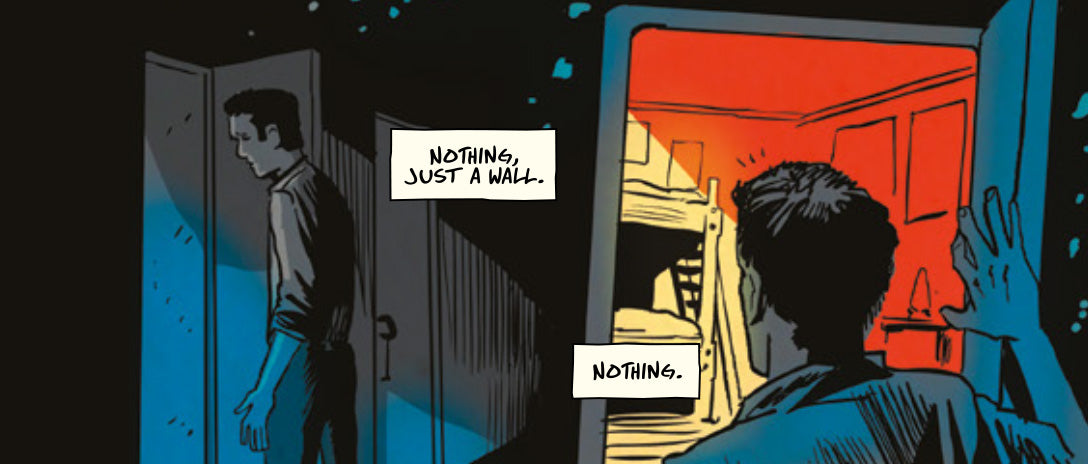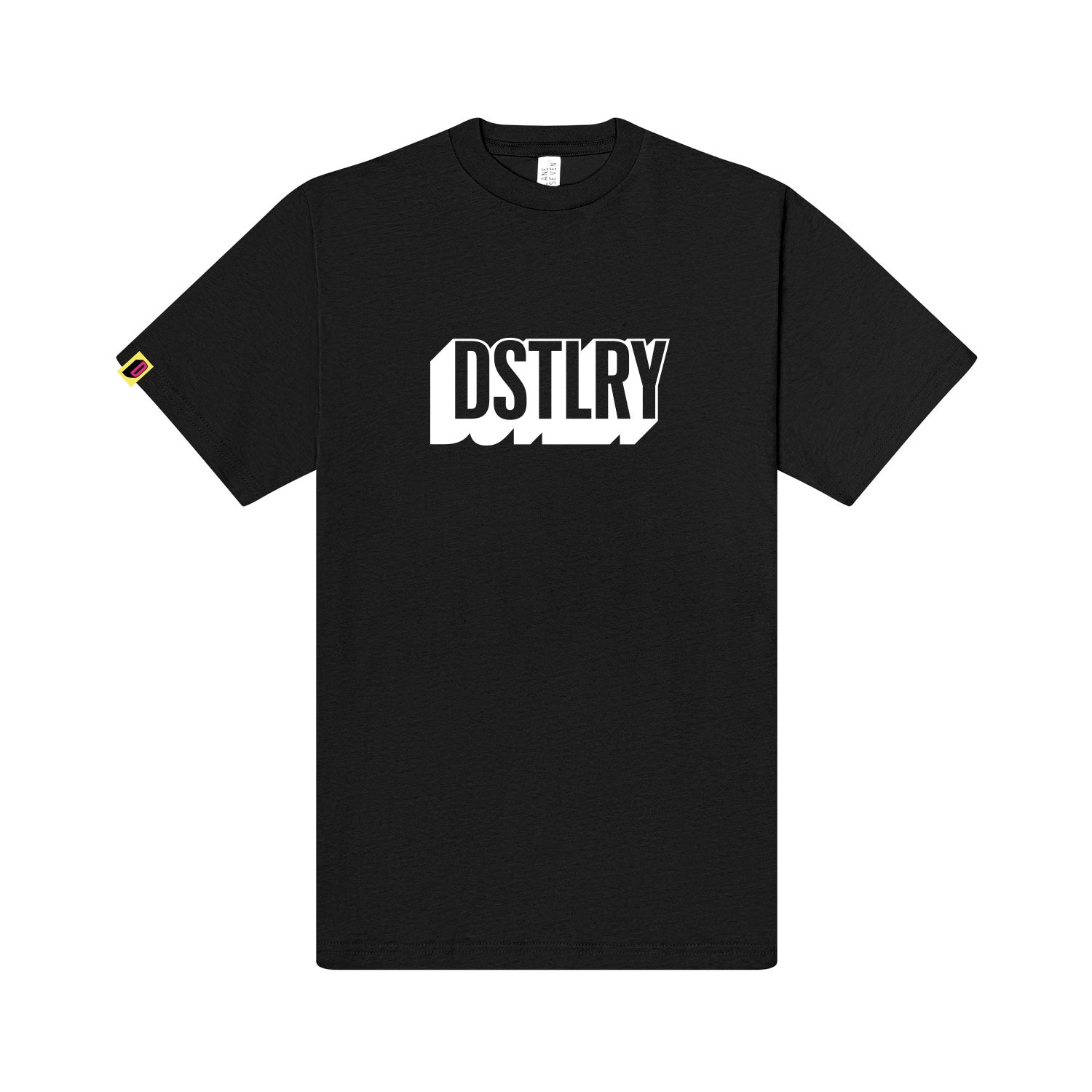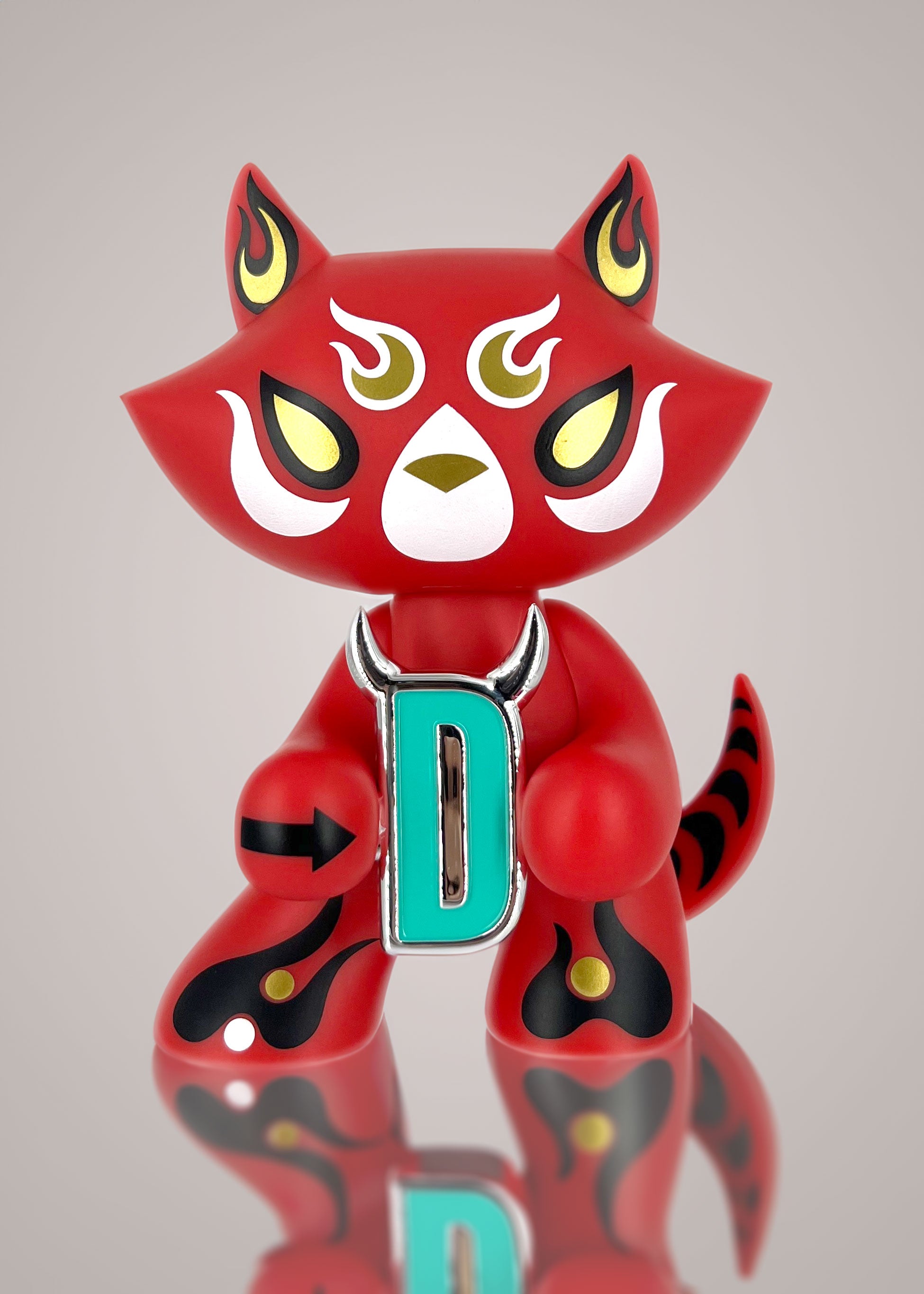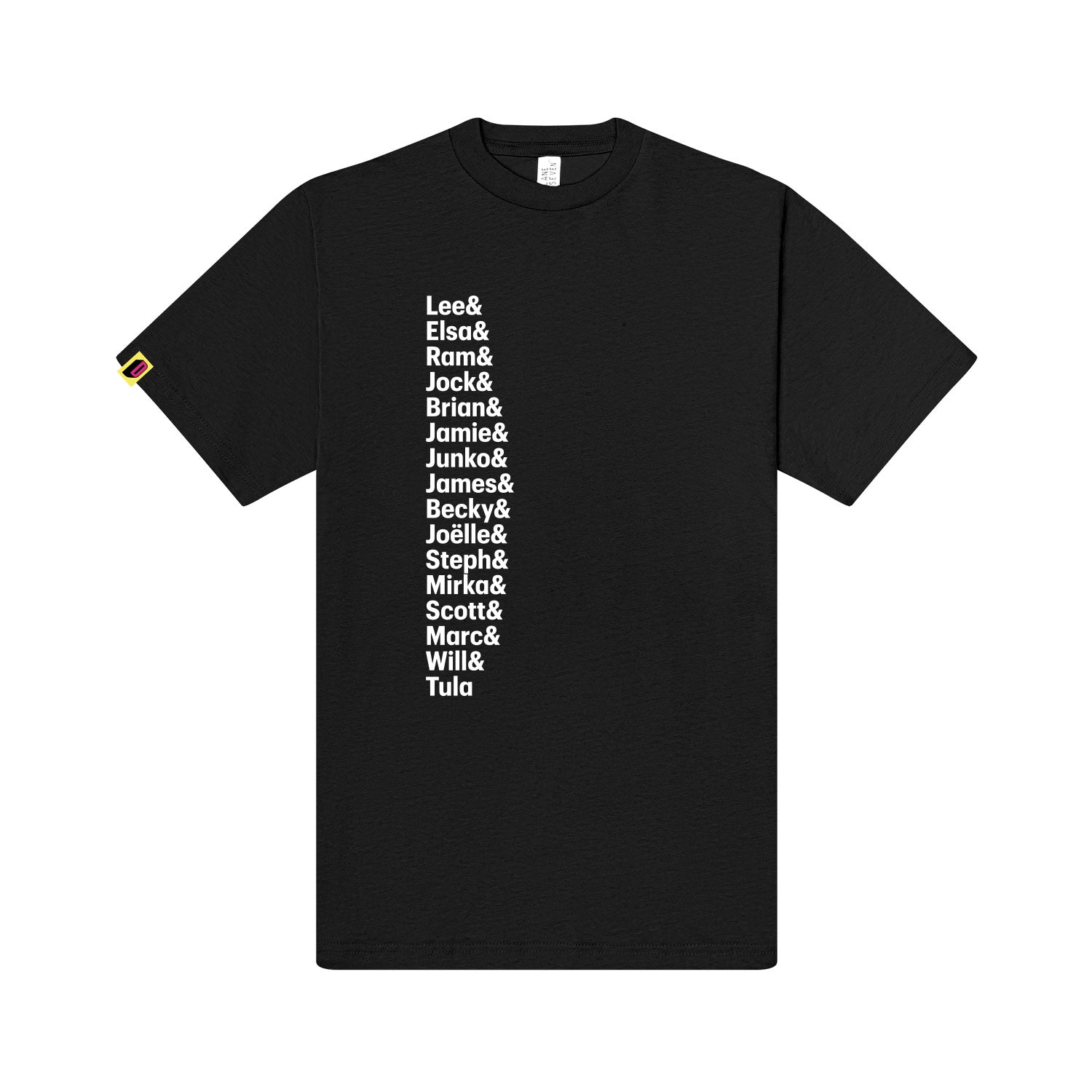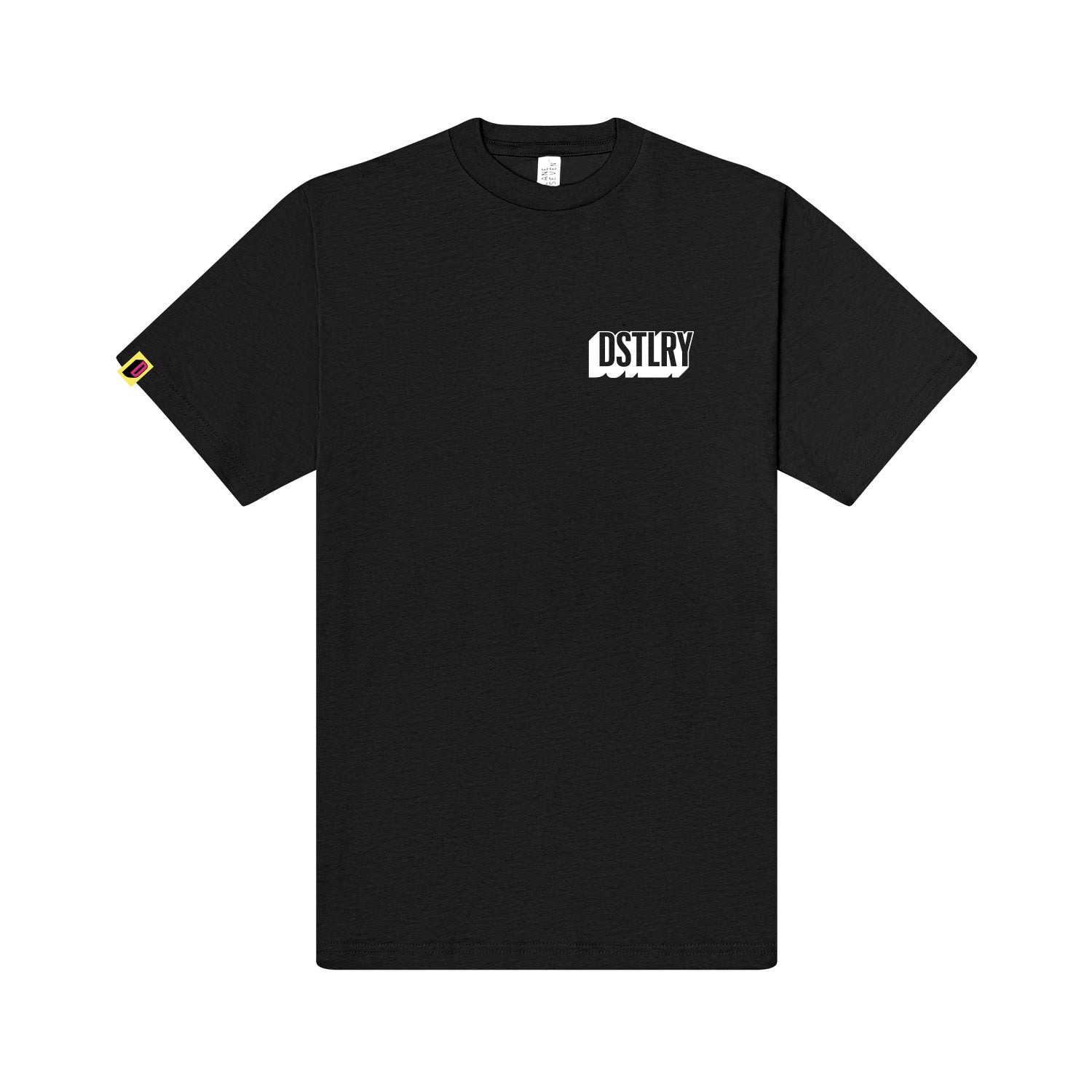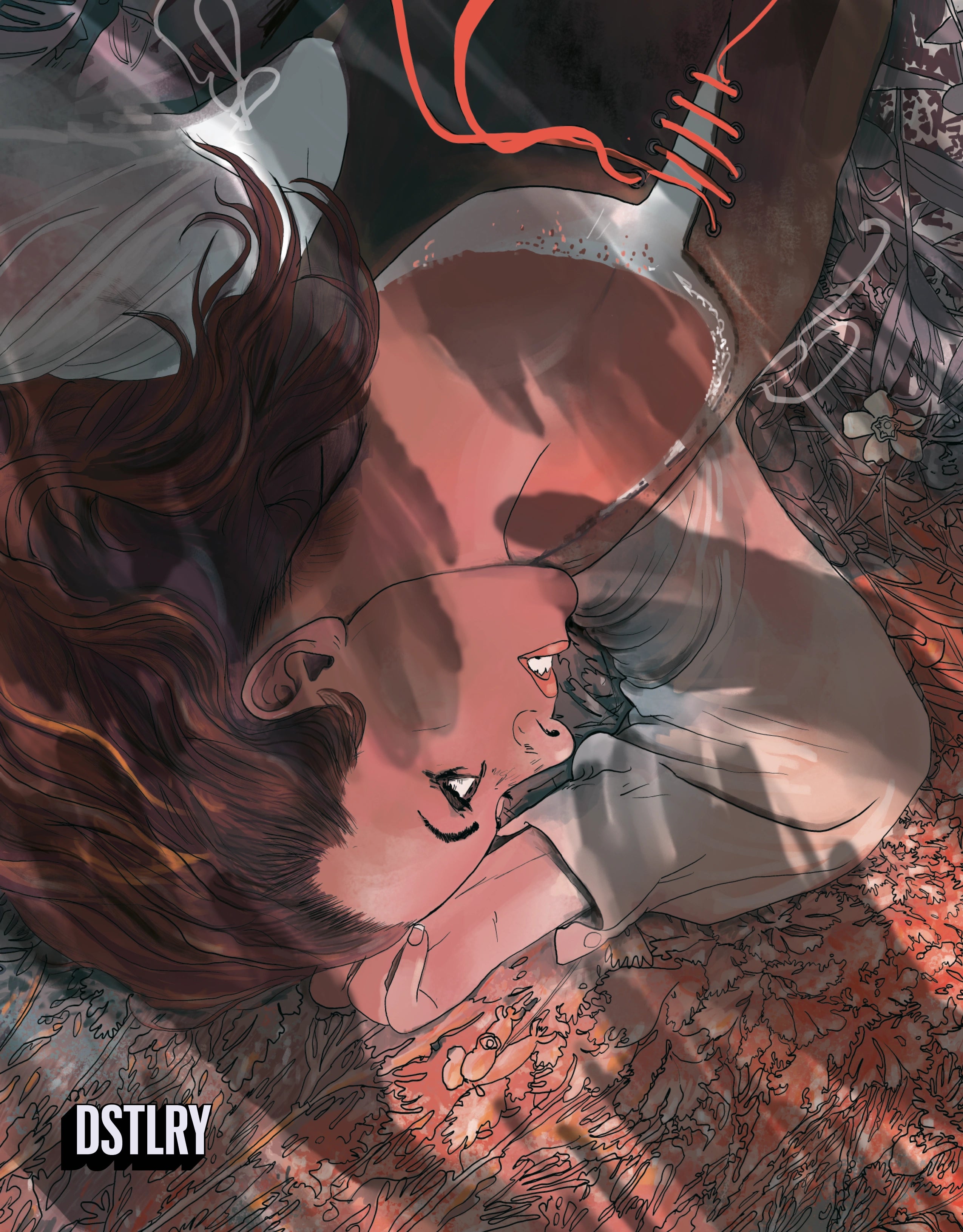Jamie McKelvie Q&A: Mystery, Murder, and Gothic Victorian Splendor of One For Sorrow

Acclaimed British comic book artist Jamie McKelvie returns to both writing and illustrating with One for Sorrow, his first DSTLRY series and his first creator-owned series in over a decade. Set against the atmospheric backdrop of 1900s London, the story delves into a world of mystery, crime, and the supernatural, centering on a enigmatic vigilante known as the Magpie who stalks the city's criminal underworld, leaving a trail of bodies behind him.

One For Sorrow #1 A Cover by Jamie McKelvie
McKelvie's career has included providing some of the most vibrant, engaging designs and visual storytelling the medium can call its own, including the critically acclaimed series Phonogram, The Wicked + The Divine and Young Avengers alongside writer Kieron Gillen. In addition, his designs for characters like Captain Marvel and Ms. Marvel helped cement his reputation as a voice devoted to changing the vibrant iconography and style of comics.

Retailers who purchase 5 or more of One For Sorrow #1 Covers A and/or B will receive a free Magpie enamel pin.
One for Sorrow promises to blend his visual flair with a gripping narrative, offering fans a thrilling exploration of justice, morality, revenge and the thin line between hero and villain. Pre-order the first issue from your local comic shop before Monday, 9/30 exclusively via Diamond. One For Sorrow #1 will hit store shelves on 11/6! John Parkin asked Jamie some questions about his new historical thriller below.
This is the first creator-owned work you’ve both written and illustrated in over a decade. Why is now the right time for you to jump back into a project like this, where you’re creating, writing, and drawing the entire story?
Jamie McKelvie: It is (aside from the short I did in The Devil's Cut)! I've always wanted to do more, but there was just no time when I was, most of the time, working with Kieron Gillen. The Wicked + The Divine was the culmination of everything we were trying to do together, so it made sense to focus on my own stuff now. Life threw a few curveballs in my path along the way, but here we are now!

One For Sorrow #1 B Cover by Jamie McKelvie
On that same note, what’s been challenging about doing the book by yourself, and what’s been the most fun or rewarding part?
McKelvie: The most challenging bit is there's no delegation or dividing up of tasks. Writer Me can't be going over lettering edits at the same time as Artist Me is working on the colors. There are lots of elements to making a comic that aren't the actual making of the comic—I can't split promotional duties, for example—and when there's only one of you it can get a bit overwhelming!
But there's so much that's good about it, too. There's a cohesion of words and art to solo work that can be hard to replicate when you're only doing one part of it. Writer Me and Artist Me both have the same understanding of what I'm trying to do with the comic. The process becomes more fluid—I can change every part of it as I go along if I think of ways to improve a page.
It's also great to be able to write a story from a place that understands my strengths and weaknesses as an artist, and at the same time push myself to try new things. There's a lot of that in this comic!

One For Sorrow #1 Cover F by Annie Wu
With One for Sorrow, you’re doing a period piece about a mysterious killer hunting for criminals in the London underworld, with elements of the supernatural and horror. What inspired you to tell this particular tale?
McKelvie: A few different things, but the seed of the story was a game of Blades in the Dark I played with Kieron, Katie, and a couple of our other friends back in 2022. One of the characters in this comic started out as my character for that game. The nature of BitD means you don't know the full extent of your character's story going in—you find out during play. As we only played a short campaign I was left with lots of unanswered questions about my character, and thinking about them was the start of One For Sorrow.
It's changed a lot since then, both the character and the story, but that was the spark. I chose to set OFS at the turn of the 20th Century for several reasons. Certain aspects of it couldn't really happen any later than that, it's the right period for some of the tropes and analogues I'm playing with, the spiritualist movement is still going strong, and it's a period of great change. While technically still the Victorian period, a lot of the shifts in the UK in terms of fashion, design, and thinking in general that mark the Edwardian period had begun. That's both relevant to the story and a lot of fun to draw.
It was also a period when the gothic horror revival was in full swing, so with the horror edge this comic has, with this supernatural figure bringing inescapable doom to whomever it sets its eyes on, it just felt right.

One For Sorrow Interior Art by Jamie McKelvie
With it being a period piece, what sort of research did you do into 1900s London, both for the story and the artwork?
McKelvie: SO MUCH. So much. Both me and Katie (West, editor on the book) did a lot of reading. Day to day life, how people spoke, conventions and etiquette, class differences, legal systems, banking systems, newspapers, who would have electrical lighting and who wouldn't, who would be likely to have a telephone, organized crime, and more. A mix of contemporary accounts and work by historians. There's actually a fair bit of surviving recordings from the period, both audio and film, which was very useful in trying to capture the feel of the place and time.
And on top of that, the visual research. Fashions (and how class and wealth affected that), materials, hairstyles, interiors and exteriors, everything really. Some of it was easy to find, some very hard to track down. There's a plot point revolving around someone's financial dealings and we had to figure out just how someone's banking information was recorded at the time. And then find visual examples of those records! If you don't know the period I don't suppose it would matter if I got it wrong, but I like knowing we did our best to make it as authentic as we could.
It's a balancing act, though—you want it to feel authentic, but you also have to make that fit modern storytelling styles. Edwardians would never use one word when 20 would do. So trying to balance that against how much dialogue and text feels right on a modern comic page was a challenge, but I think we pulled it off.

One For Sorrow Interior Art by Jamie McKelvie
You’ve populated the first issue with some fun characters, with three in particular being at the forefront. What can you tell us about Madame Hendrikov, Bess Turner, and Ignatious Thorn?
McKelvie: Madame Hendrikov is a Russian spirit medium. She holds seances for rich clients who want to talk to the dead, or just be freaked out by ghostly goings on. She's a little eccentric in ways that would probably get her looked down upon by polite society, if they didn't believe she has the Gift. She's never seen without her mourning clothes, which are at least ten years out of date. If she was faking it all, you might think it was part of the act, but when the ghosts speak through her, they say things no one else could possibly know. And if the phenomena that happen around her during seances are tricks, no one has been able to figure out how she does them. Maybe she is the real deal after all.
Bess couldn't be more different. She's a young working class woman from the East End of London who works as a barmaid in a pub called The Nine Bells. It's notorious as a hangout for criminals, so you'd think someone as clever and charming as Bess would find employment elsewhere. But it soon becomes clear she wants to get involved with the dodgy dealings going on in the backrooms of the pub. The question is, why?
And then there's Thorn. For years he was a world-famous consulting detective, with all the acclaim and respect that goes with it. Then one night, several years ago, something went badly wrong and his career and reputation were left in tatters. He's been quietly shuffling along in life ever since, until he accidentally discovers a clue about the identity of the Magpie Killer that no one else would even understand if they saw it. Now he's reluctantly drawn back to his old line of work, knowing that doing so could really be the end for him.
What made DSTLRY the right place to publish this project?
McKelvie: First and foremost, DSTLRY has given me the backing and the space to be able to tell the story I want to tell. It's really brilliant to have that support and belief.
Secondly, the format of the books is a dream. There's so much room to play with, in a way that reminds me of European comics. They feel like art objects as much as they do comics, which makes me want to up my art game!
The variant covers for the first and second issue include an impressive list of creators—Becky Cloonan, E.M. Carroll, and Kevin Wada, for example. What’s it been like seeing the characters you’ve created drawn by other artists?
Ah it's amazing. Some of my absolute favorite artists in the industry (and a couple from other industries!). It's always so exciting to see how they interpret the characters you've designed. One of the coolest bits about making comics, really.

One For Sorrow Interior Art by Jamie McKelvie
The last few pages of the first issue leave us with a couple of fun reveals. Is there anything you can tease about the rest of the series?
McKelvie: By the end of the first issue all the pieces are in place for the story to really kick up a couple of gears, and it doesn't stop until the final page of the last issue. I've described the book as John Wick meets Crimson Peak, and the influence of the former becomes clearer as we go. I'm having a great time with that side of it, and I think it comes through in the book.
At the same time, we're going to learn more about these characters, what ties them to the Magpie and each other, and what that means for them all. They all have very different intentions for how this is going to play out, and when those intentions clash, it's going to get very messy.





